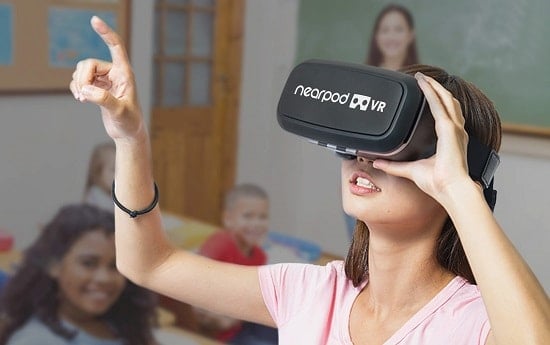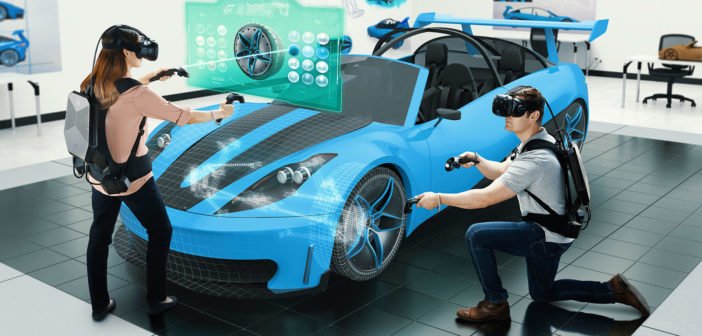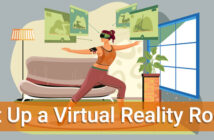A virtual world is a multi-user, computer based environment in which users interact with one another. These worlds allow teachers to “TAKE” the students to an otherwise impossible location. This could help students understand the Swadeshi movement better. Be it engineers? explain the subject of mechanics in a better way and help understand the logic behind the science, with the help of VR/AR in Education.
Science, medicine, and maths tend to be particularly suited to virtual environments. Some mathematical and scientific worlds allow users to represent abstract data and topics. Which would otherwise be difficult or impossible in real life?
Earlier the teachers had access to only desktops and laptops but now can have access to Oculus Rift and HTC vive.
Where are we heading with VR/AR in the field of Education? (Investment) :
VR/AR is forecasted to be a $108 Billion dollar INVESTMENT by 2021. It is expected to infiltrate across industries with many of them beginning to understand the impact and value of VR/AR and also Mixed Reality. With Facebook, Snapchat, Google, and Apple investing heavily and adding the functionalities to their platforms, we can only observe the rise of VR/AR.
Countries like the United States of America, France, UAE, South Korea and China individually investing in the VR and AR ecosystem. With their own innovation and schemes, they are opening avenues in the virtual world.
CONTENT AVAILABLE
We work with technology but we do not get tired of saying that content is king. But if you do not have good content, even if you use the latest technologies, learning will not be possible.
A few reality technologies used in education so far:
1. Unimersiv
It is a virtual reality education app available on Oculus Rift and Samsung Gear VR. Users can virtually visit the space station or travel to Stonehenge or even inside the human body. The app promises a new educational experience each month.
2. Nearpod
Employed on Google cardboard, the ultra low-cost VR headset, this application is aimed at being used in the public school sector. Nearpod has created lesson plans ranging from the Egyptian Pyramids to the Great Barrier Reef, and even Mars.
3.Remote Learning:
One of the most exciting aspects of virtual reality is its ability to bring people together, regardless of geographical distances. All of the experiences, tutorial videos, and learning apps that are appearing every day would work just as well whether the teacher and student are in the same room, or across the world from each other. Virtual Reality Technology has the potential to transform education.

“The most complex side of VR is the content itself. We make the content from zero, entirely in-house and we have subject specialists who go through a visualization process and then programmers who try to make that happen,” said Colin Bethell, director at classroom VR firm Creative.
However, there are a handful of companies out there that offer both the hardware and educational content for schools, and it’s these companies that could make VR more accessible to schools.




